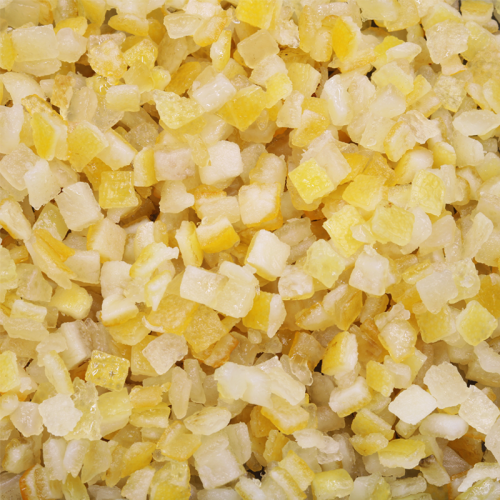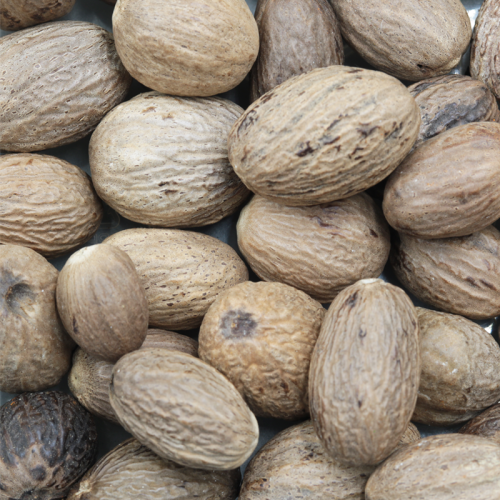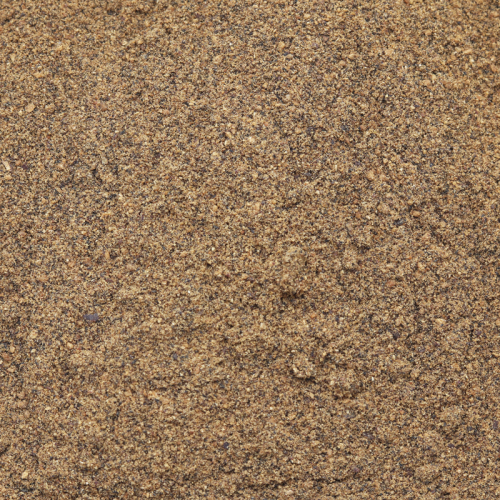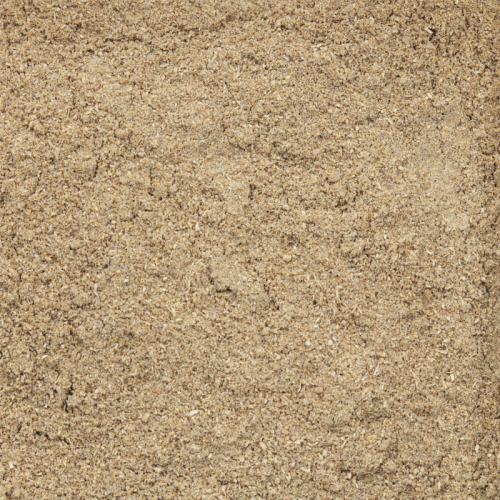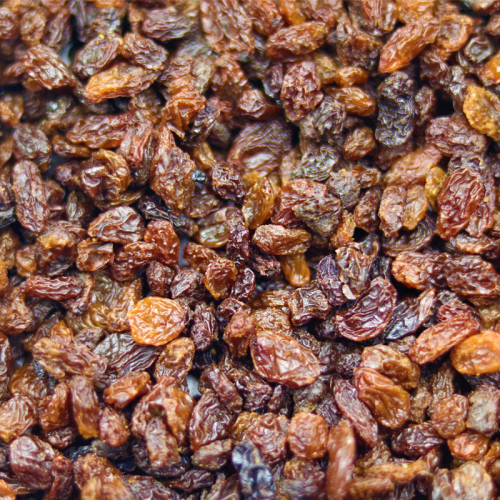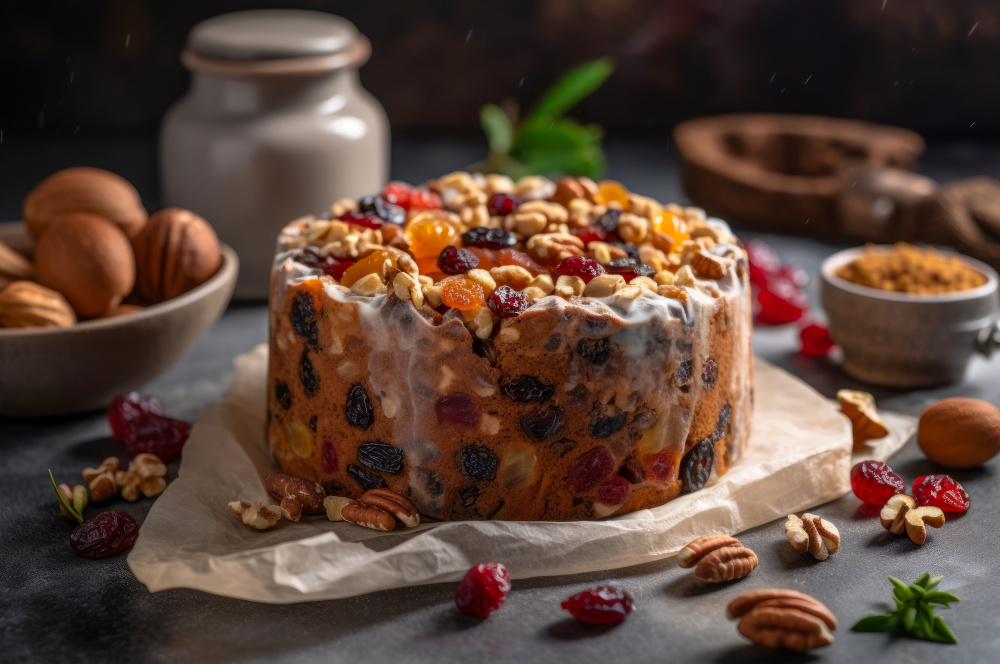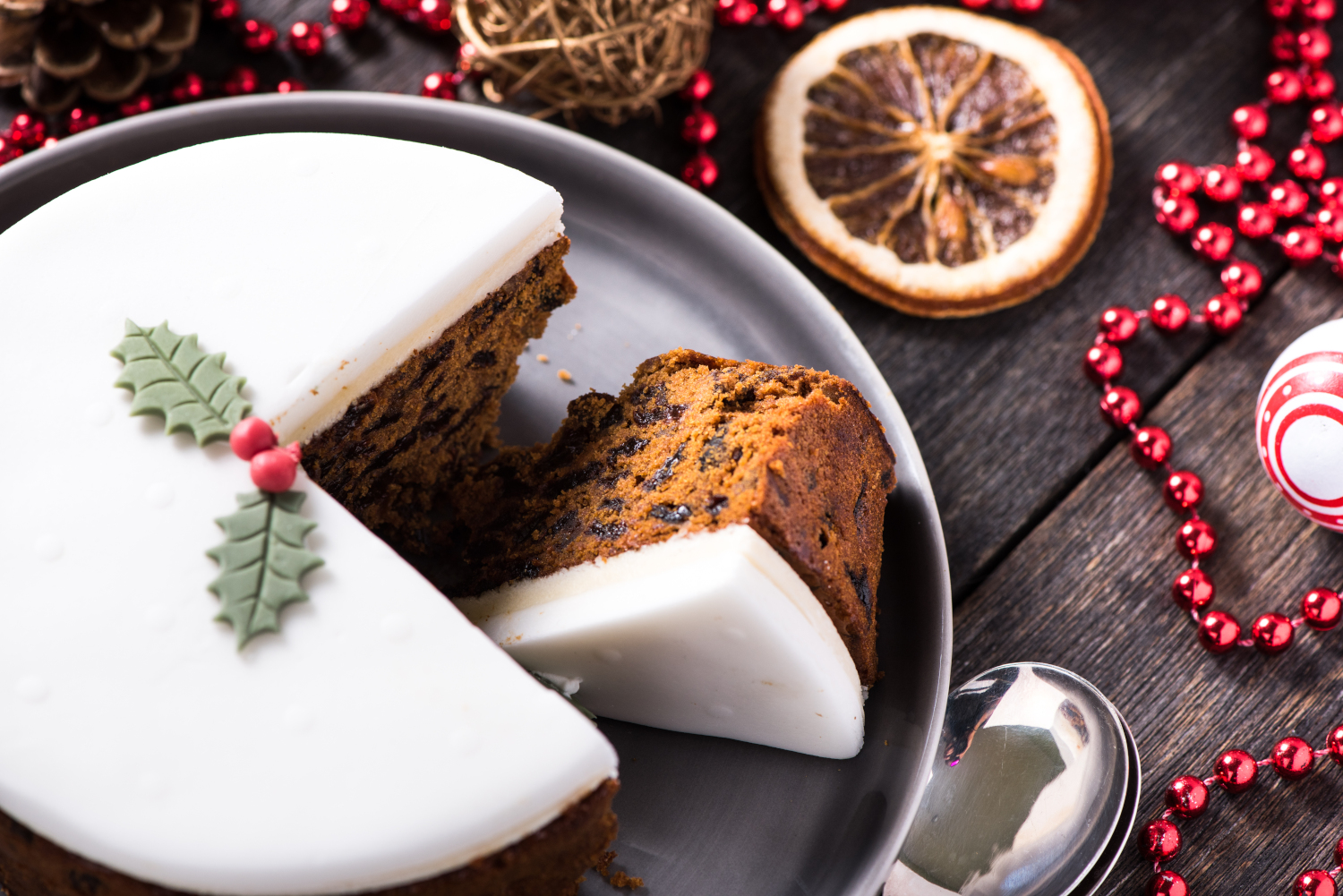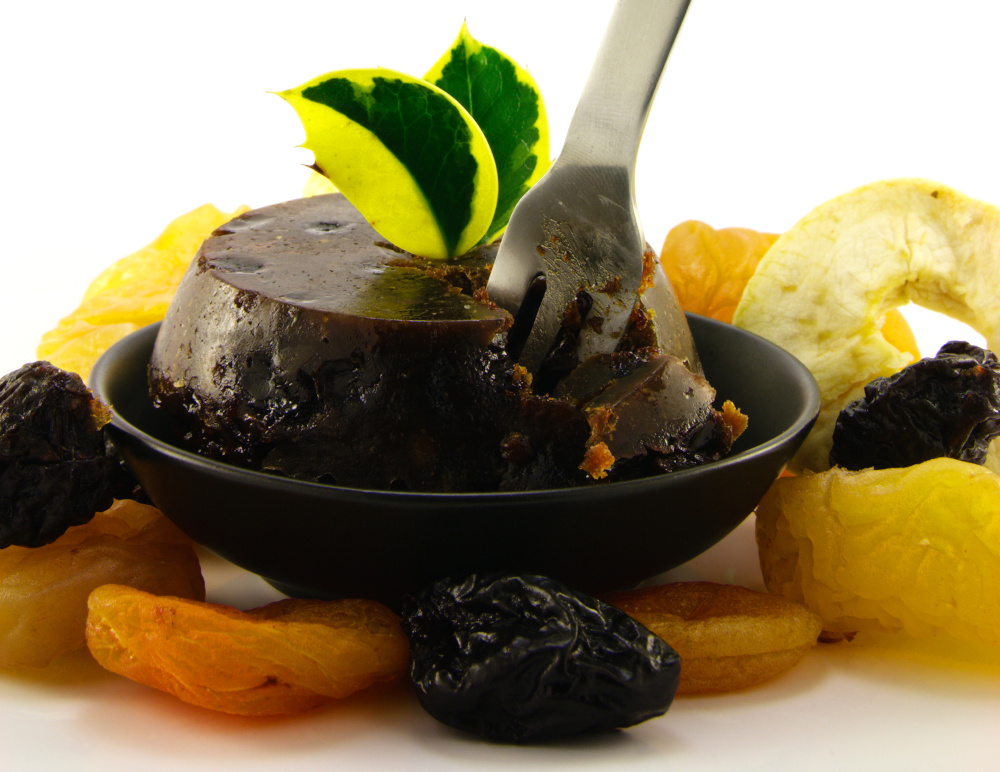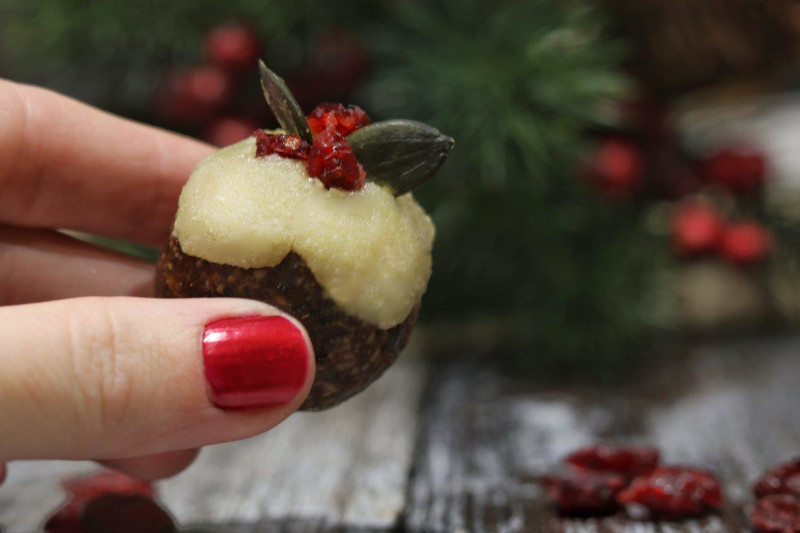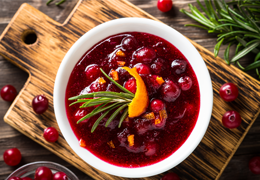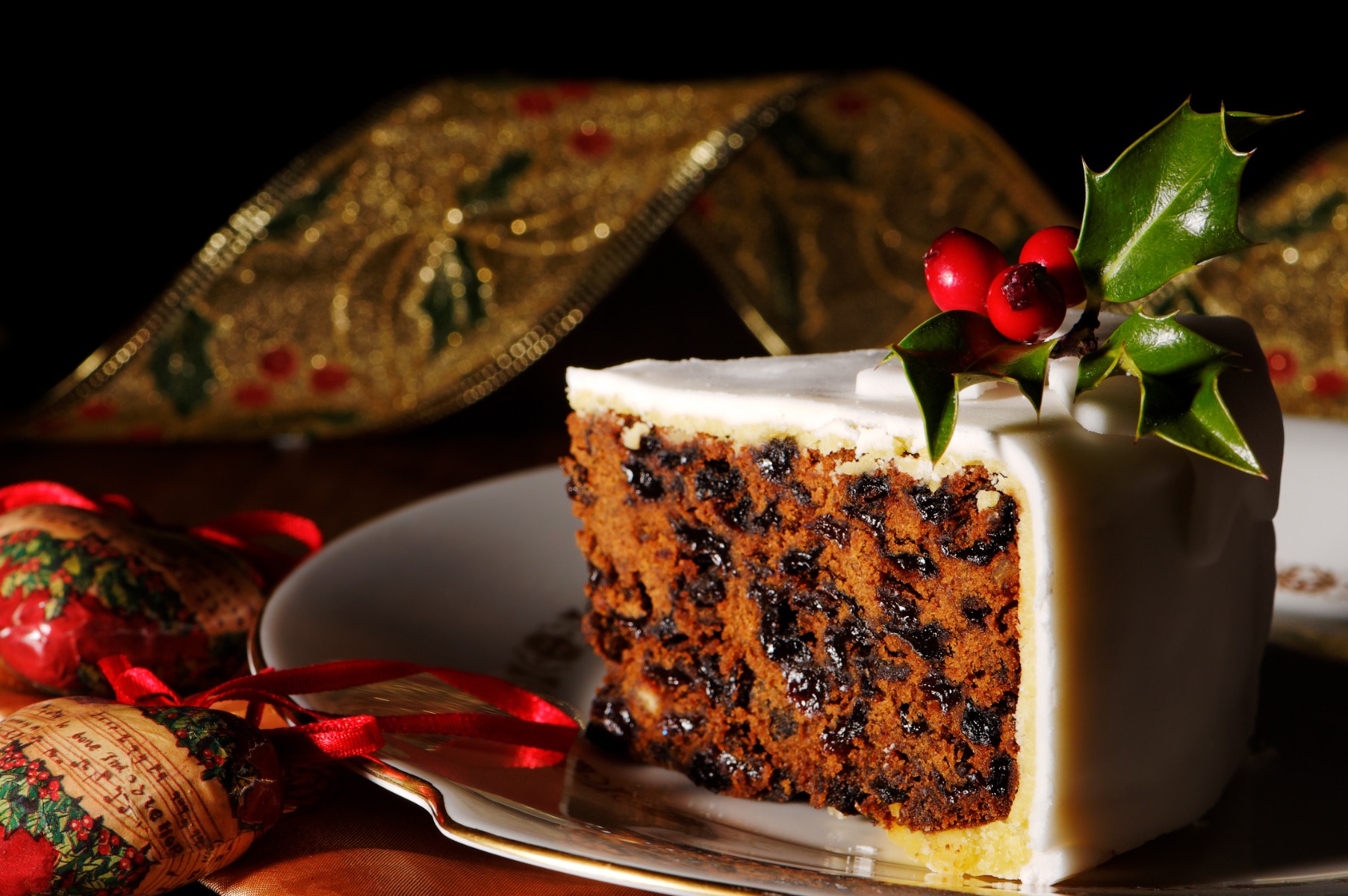
Chef, restaurateur, writer and TV presenter Rick Stein is best known for his passion for fish. But here he shares his secret for his ideal fruit cake to take you beyond the whirl of Christmas.
What I love about Christmas cake is feeding it with fortified wines or spirits. Personally, I prefer using fortified wine because brandy or whisky is too strong. In my opinion, in late December and January a slice of Christmas cake with a cup of tea is the highlight of the day. In the early days of the restaurant, I once spent a winter on a cake-decorating course, I was the only man and all the women were unbelievably skilled. I still cringe at the memory that for some reason I chose to make a square Christmas cake, even though we all had cake turntables. As a beginner if you ever think of making a square cake, don’t.
Ingredients:
For the cake:
- 175g sultanas
- 275g currants
- 175g raisins
- 50g glace cherries, halved
- 50g mixed peel
- Grated zest of 1 orange
- Grated zest of 1 lemon
- 75ml brandy or sherry, or orange juice if you prefer
- 225g butter, softened
- 225g dark muscovado sugar
- 4 eggs, beaten
- 225g plain flour
- 1tsp mixed spice
- 1/4 tsp freshly grated nutmeg
- 60g chopped mixed nuts or ground almonds if preferred
For the marzipan:
- 250g ground almonds
- 125g icing sugar
- 125g caster sugar
- 1 tsp almond extract
- 1 egg white
- 2-3 tbsp apricot jam, warmed and sieved
For the Royal Icing:
- 675g icing sugar, sifted
- 1-2 tsp lemon juice
- 3 egg whites
- 1 1/2 tsp glycerine
- 1 drop of blue food colouring (if very bright white icing is desired)
Method:
- The day before, mix the dried fruit, peel and cherries with the citrus zest. Stir in the brandy, sherry or orange juice, cover and leave to soak overnight.
- Line a 20cm cake tin by cutting two discs of baking parchment to fit the base. Then cut a length 10cm longer than the circumference of the tin and 5cm taller than the tin. Along the long edge, snip 2cm deep along the folded edge every 2-3cm.
- Butter the tin very well and lay a disc of parchment in the base. Then line the sides of the tin with the strip of parchment, fitting the snipped edge into the base and pressing into the edges of the tin.
- Now add the second disc to the base, covering the snipped edges, then brush with a little oil.
- Preheat the oven to 140°C /Fan 120°C.
- Mix together the sugar and butter until well combined and fluffy.
- Add the beaten eggs, a little at a time. If the mixture starts to look as though it’s curdling add a tablespoon of the measured flour, then continue to add the egg.
- Stir in the remaining flour, chopped nuts, spices and dried fruit. Spoon the mixture into the prepared tin and flatten the surface.
- Cover the top with a double layer of parchment and cut a 4cm hole in the middle to allow steam to escape.
- Bake the cake on the lowest shelf in the oven for four and a half hours. Test with a skewer and if it comes out clean, remove the cake to a wire rack. If not, cook for up to another 30 minutes, checking after 15 minutes, until a skewer comes out clean.
- Leave the cake to cool until completely cold. 12. To feed it, skewer holes in the surface and add a few teaspoons of brandy, sherry, port or rum several times a week for a few weeks. Alternatively, you can marzipan the cake as soon as it’s fully cold. At least a week before you want to ice your cake.
To make the marzipan:
- Combine the ingredients, except the jam, until combined
- Turn it on to a board dusted with icing sugar and knead briefly to form a dough. Wrap well in cling film or store in the fridge.
- When ready to use, roll out the marzipan on a board dusted with icing sugar until large enough to cover the whole cake top and sides.
- Measure up the side of the cake across the top and down the other side to get a diameter for your disc.
- Brush the cake all over with smooth warmed apricot jam. 6. Drape the marzipan over the cake, smooth it over and trim any excess. 7. Cover with a clean tea towel and leave it to dry out for a day or two if possible, in a cool dry place.
To make the Royal Icing:
- Beat the three egg whites together with a wooden spoon. Add the sifted icing sugar, a little at a time, until you have a thick paste.
- Whisk with a food mixer until whipped and shiny. Add the glycerine to prevent icing from becoming rock hard, and add a teaspoon of lemon juice. Mix in blue colouring if using.
- The icing should be glossy and stand up in stiff peaks. If too stiff add a little more lemon juice.
- Pile about 80% of the icing on top of the cake and smooth over the top and sides.
- If you prefer, do a rough snow scene using a palette knife or fork to create texture.
- For a piped finish spoon the remaining 20 per cent of the icing into an airtight container overnight.
- Next day check the icing consistency. If it has stiffened, add a few drops of lemon juice until you get a pipe-able consistency.
- Spoon the icing into a piping bag fitted with a decorative nozzle and pipe around the base where the cake meets the board and around the top rim of the cake.
Rick Stein at Home by Rick Stein (BBC Books, £26)
